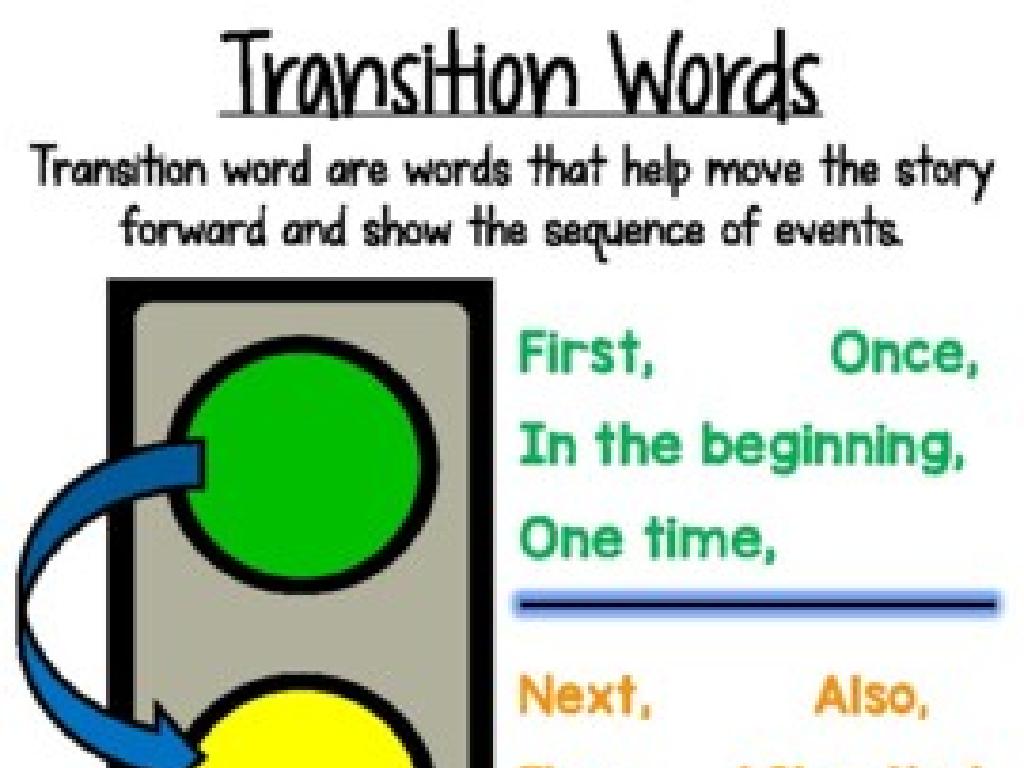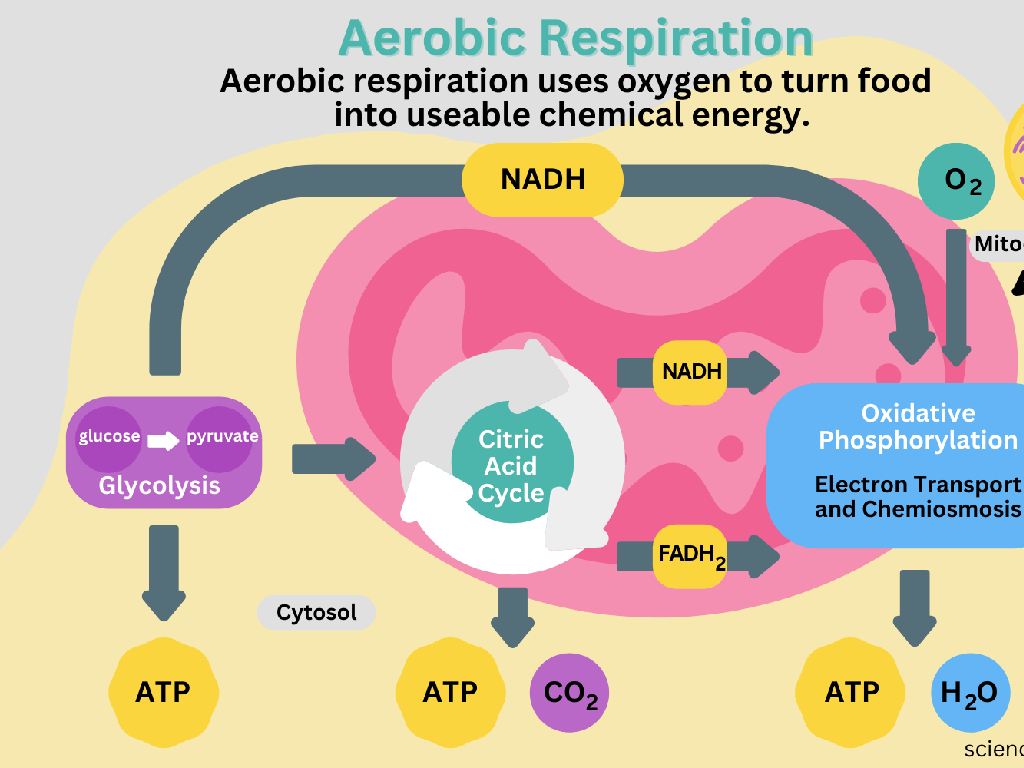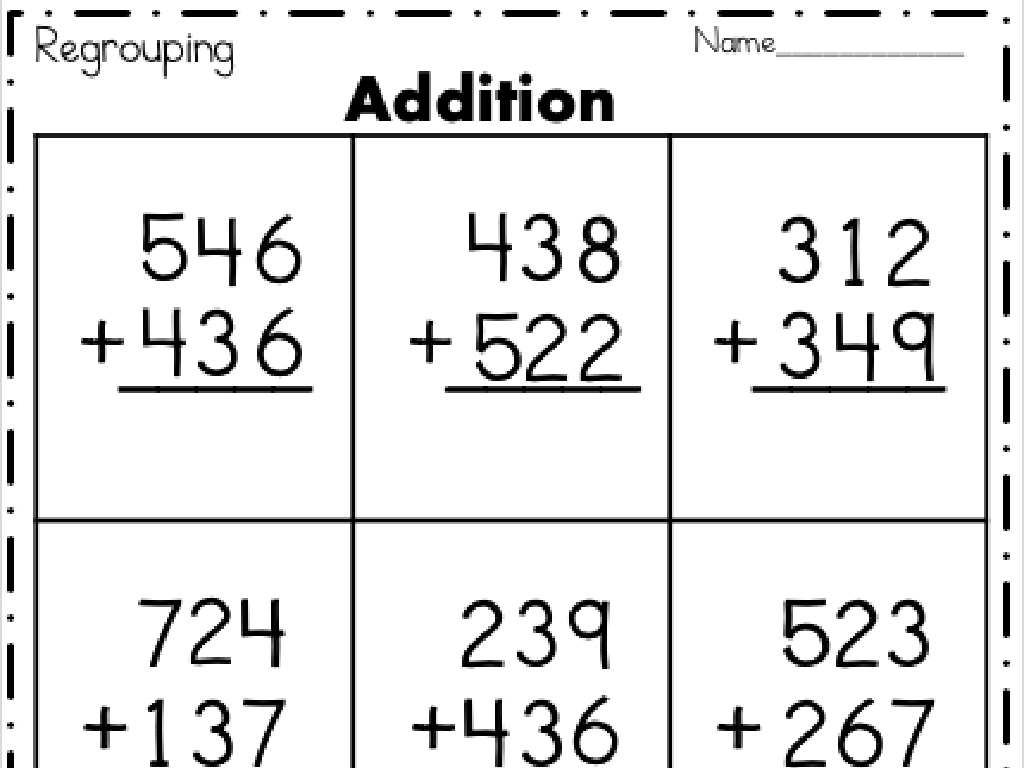Choose Between Subject And Object Pronouns
Subject: Language arts
Grade: Eighth grade
Topic: Pronoun Types
Please LOG IN to download the presentation. Access is available to registered users only.
View More Content
Pronoun Types: Subject vs. Object Pronouns
– Pronouns: A Quick Overview
– Pronouns replace nouns to avoid repetition.
– Subject vs. Object Pronouns
– Subject pronouns are ‘he’, ‘she’, ‘it’, ‘we’, ‘they’. Object pronouns include ‘him’, ‘her’, ‘us’, ‘them’.
– The Role of Pronouns in Sentences
– Pronouns provide clarity and prevent clunky language.
– Practicing Pronoun Usage
|
This slide introduces the concept of pronouns and their significance in English language. Start by explaining what pronouns are and how they are used to replace nouns. Highlight the difference between subject pronouns (used as the subject of a sentence) and object pronouns (used as the object of a verb or preposition). Emphasize the importance of pronouns in making sentences clear and concise without unnecessary repetition. Engage students with examples and exercises to practice identifying and using the correct pronouns in sentences. This foundational knowledge will help students in constructing grammatically correct sentences and improve their writing skills.
Understanding Pronouns
– Define a pronoun
– A word that takes the place of a noun, e.g., he, she, it, they
– Pronouns replace nouns
– Avoids repetition, making sentences clearer and less cumbersome
– Examples in sentences
– ‘He’ is happy. ‘She’ found a coin. ‘They’ are playing. ‘It’ is raining.
– Practice identifying pronouns
|
This slide introduces the concept of pronouns and their grammatical role. Begin by defining a pronoun as a word used in place of one or more nouns. Emphasize how pronouns help avoid repetition and make sentences more concise. Provide clear examples of pronouns in sentences, ensuring to cover a variety of pronouns such as ‘he’, ‘she’, ‘it’, and ‘they’. After explaining, engage the class in an activity where they identify pronouns in sentences from a text or create their own sentences using different pronouns. This will help solidify their understanding of the use of subject and object pronouns in sentence construction.
Subject vs. Object Pronouns
– Overview of pronoun types
– Pronouns replace nouns: personal, possessive, reflexive, etc.
– Focus on subject & object pronouns
– Subject pronouns: ‘I, you, he, she, it, we, they’. Object pronouns: ‘me, you, him, her, it, us, them’.
– Activity: Identify pronouns
– Find and label pronouns in given sentences.
– Discuss pronoun usage in sentences
|
Begin with a brief recap of the various types of pronouns to set the context. Then, narrow the focus to subject and object pronouns, explaining the difference between the two: subject pronouns are used as the subject of a sentence, while object pronouns are used as the object of a verb or preposition. For the activity, provide sentences and ask students to identify and label each pronoun as either subject or object. This will help reinforce their understanding of how pronouns function within a sentence. Encourage students to explain their reasoning for each identification to ensure comprehension.
Understanding Subject Pronouns
– Define subject pronouns
– Pronouns that act as the subject of a sentence.
– List common subject pronouns
– I, you, he, she, it, we, they are subject pronouns.
– Usage in sentences
– ‘He runs fast’ – ‘He’ is the subject pronoun.
– Practice identifying them
– Find and highlight subject pronouns in a paragraph.
|
This slide introduces the concept of subject pronouns, which are used to replace the subject (the person or thing doing the action) in a sentence. Start by defining subject pronouns and then provide the list of common subject pronouns used in English. Give examples of sentences where these pronouns serve as the subject to illustrate their usage. Encourage students to practice by identifying subject pronouns in various sentences. This will help them understand how to choose the correct subject pronoun when constructing their own sentences. As an exercise, students can work on identifying subject pronouns in a given paragraph to reinforce their learning.
Understanding Object Pronouns
– Define object pronouns
– Pronouns that receive the action in a sentence
– List common object pronouns
– me, you, him, her, it, us, them
– Usage in sentences
– ‘She gave him a book.’ – ‘him’ is the object pronoun
– Practice identifying them
|
This slide aims to clarify the concept of object pronouns for the students. Begin with the definition, explaining that object pronouns are used to replace nouns that receive the action in a sentence. Provide the list of object pronouns and ensure students can recite them. Show examples of sentences where object pronouns are used, highlighting their position and function in the sentence. For practice, have students identify object pronouns in various sentences and encourage them to create their own sentences using each object pronoun. This will help solidify their understanding of how and when to use object pronouns correctly.
Subject vs Object Pronouns
– Compare Subject and Object Pronouns
– ‘He’ is subject vs ‘him’ is object. ‘She’ is subject vs ‘her’ is object.
– Position in sentences
– Subject pronouns are used as the subject of a verb. Object pronouns receive the action of the verb.
– Activity: Pronoun Conversion
– Change ‘She likes him’ to ‘He is liked by her’. Practice with different sentences.
|
This slide aims to clarify the differences between subject and object pronouns, which is a common area of confusion for students. Start by providing side-by-side examples of subject and object pronouns to illustrate their usage. Emphasize the grammatical positions: subject pronouns perform the action while object pronouns receive the action. The activity should involve converting sentences from using a subject pronoun to an object pronoun, reinforcing the concept through practice. For the activity, provide sentences and guide students to identify the pronouns and convert them accordingly. This will help students understand the practical application of the rules and how to correctly use pronouns in their writing.
Let’s Practice: Pronoun Swap Activity
– Pair up for pronoun rewriting
– Swap subject & object pronouns in paragraphs
– For example, change ‘he’ to ‘him’ or ‘she’ to ‘her’ in sentences
– Discuss sentence structure changes
– Notice how swapping pronouns alters the flow and meaning
– Reflect on the activity’s impact
– Understand the importance of correct pronoun usage
|
This interactive class activity is designed to help students understand the difference between subject and object pronouns and their roles in sentence structure. By working in pairs, students will engage in a collaborative learning process, rewriting given paragraphs to swap subject and object pronouns. After the activity, lead a class discussion to explore how these changes affect the readability and meaning of the sentences. Encourage students to reflect on the importance of choosing the correct pronoun to maintain clarity in communication. Provide guidance and examples as needed, and ensure that each pair has a clear understanding of the task.
Class Activity: Pronoun Hunt
– Find pronouns in text excerpts
– Categorize pronouns: subject or object
– ‘He’ is subject, ‘him’ is object. Which is which in your text?
– Highlight each identified pronoun
– Class discussion post-activity
– Share findings and understand usage
|
This activity is designed to help students practice identifying and differentiating between subject and object pronouns within the context of written text. Provide students with excerpts from books or articles, and ask them to highlight pronouns they find. Then, they should determine whether each pronoun is acting as a subject or an object in the sentence. After the activity, lead a class discussion where students share their findings and discuss any questions or challenges they encountered. This will reinforce their understanding of pronouns and their functions in sentences. Possible variations of the activity could include working in pairs or small groups, using different texts for different groups, or creating a competition to see which group can identify the most pronouns correctly.
Conclusion & Homework: Pronouns Mastery
– Recap: Subject vs. Object Pronouns
– Subject pronouns: he, she, it, we, they. Object pronouns: him, her, it, us, them.
– Importance of correct pronoun usage
– Using the right pronoun ensures clarity and grammatical accuracy in our communication.
– Homework: Craft 10 mixed pronoun sentences
– Write sentences using both types of pronouns to demonstrate understanding.
|
As we wrap up, remember that subject pronouns are used when the pronoun is the subject of the sentence, and object pronouns are used when the pronoun is the object of a verb or preposition. It’s crucial for students to understand this distinction to communicate effectively. For homework, students will reinforce their knowledge by writing sentences that correctly employ subject and object pronouns. Encourage creativity and variety in their sentences. In the next class, we can review some of these sentences to ensure understanding and correct any misconceptions.






